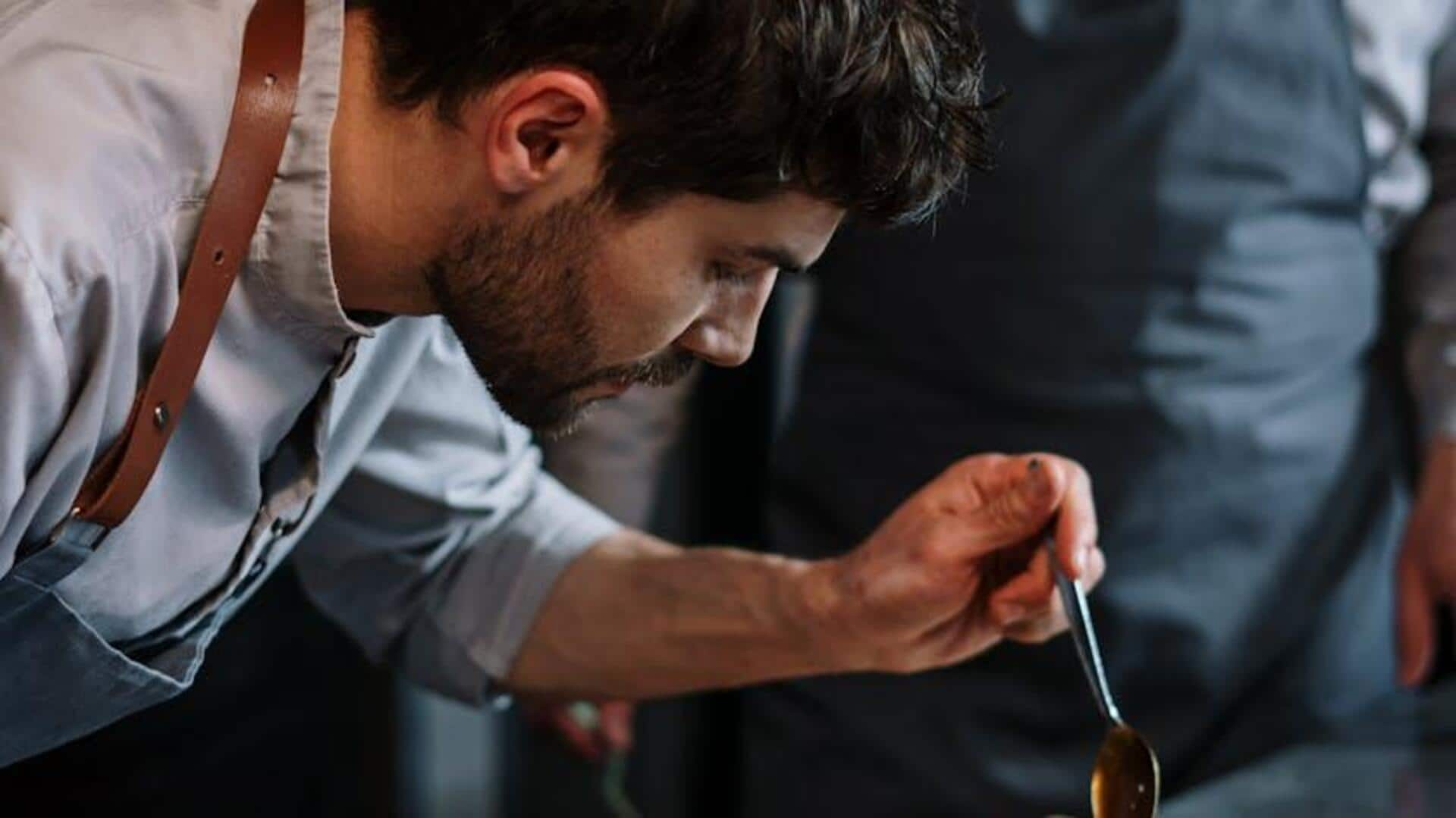
Should you choose cloud kitchens or traditional restaurants?
What's the story
India's food scene is sizzling, but here's the real pickle—should you pour your savings into a swanky restaurant or ride the cloud kitchen wave?
While traditional eateries bring the charm of dine-in experiences, cloud kitchens slash overhead costs and thrive in the delivery boom.
Both have their flavourful advantages and bitter setbacks. So, which one's the real recipe for success?
This guide dishes out the spicy details, helping aspiring restaurateurs make a well-seasoned decision.
Concept
Understanding cloud kitchens
Cloud kitchens, also called ghost kitchens or virtual kitchens, don't have a physical dining area. They operate solely through online orders, relying on third-party delivery services to connect with customers.
With lower overhead expenses compared to conventional restaurants, they can provide more affordable prices and experiment with multiple cuisines from a single location.
This makes them a cost-effective option for food entrepreneurs.
Ambiance
The traditional restaurant model
Conventional restaurants provide diners with a holistic experience, not just a meal.
The ambiance, service quality, and physical presence are key factors that draw in patrons.
They have high setup and operational costs (rent, interior design, staffing, utilities, etc.)
Even though there are significant costs, the direct customer interaction fosters valuable feedback and brand loyalty.
Costs
Investment comparison
Starting a cloud kitchen in India is way cheaper than opening a restaurant.
While initial investments for cloud kitchens range from ₹500,000 to ₹1.5 million based on the scale and location, a conventional restaurant costs anywhere between ₹1 million to more than ₹5 million due to additional expenses such as decor and seating arrangements.
Earnings
Revenue streams and profitability
Cloud kitchens are more profitable than traditional restaurants because they have lower operational costs.
With good management, they can break even in as little as six months to one year.
While traditional restaurants require a higher initial investment and may take longer to turn a profit,
They can generate more revenue in the long run by serving dine-in customers.
Adaptation
Navigating challenges
Both have their own headaches though.
Cloud kitchens have to hustle hard in the digital marketing game to shine brighter than the rest on those crowded delivery platforms, all while juggling logistics like a pro.
Traditional restaurants need to wow diners with top-notch service and keep things classy in the quality department, despite skyrocketing real estate prices and the constant stress of managing day-to-day operations.